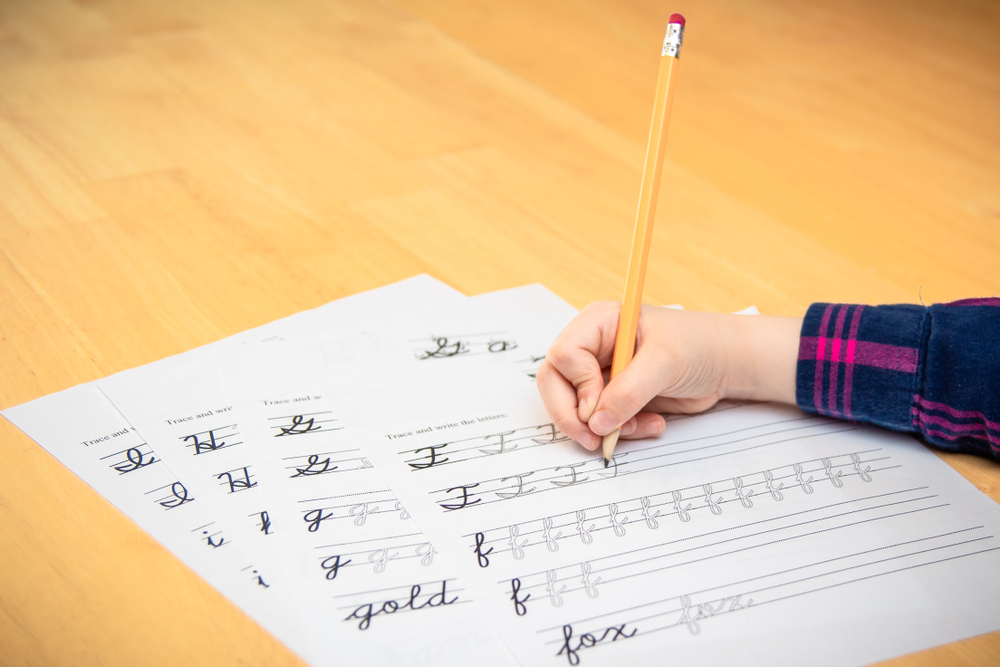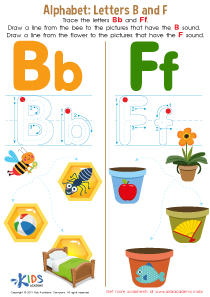Letter W Worksheets for Ages 3-7
5 filtered results
-
From - To
Introduce your little learners to the wonderful world of the letter W with our engaging Letter W Worksheets, designed specifically for children ages 3 to 7. These worksheets combine fun and education, featuring activities that promote letter recognition, handwriting skills, and vocabulary building. Through tracing, coloring, and interactive exercises, kids will explore words like "water," "whale," and "window," enhancing their phonemic awareness and cognitive development. Perfect for homeschooling or at-home learning, our printable worksheets make practicing the alphabet enjoyable and effective. Dive into a series of exciting activities that will inspire and empower your child while solidifying their understanding of the letter W!


Letters W and Z Tracing Worksheet


Find Uppercase Letters V, W, X Worksheet


Uppercase Letters V, W, and X Worksheet


Letters W–Z Tracing Worksheet


Letter W Tracing Page
Learning the letter "W" is important for children ages 3-7 as it serves as a fundamental building block in their language and literacy development. This letter is often encountered in commonly used words, such as "water," "wig," and "wound." Fostering recognition of "W" not only enhances vocabulary but aids in phonics awareness, helping children understand letter-sound relationships essential for reading.
Moreover, focusing on "W" allows for engaging teaching moments incorporating storytelling, art, and play. Activities like tracing, writing, or forming the letter with clay can make learning enjoyable. Understanding "W" also supports children's ability to express themselves, as they practice its sound in various words during conversations and storytelling.
From a broader perspective, recognizing letters like "W" is part of a child's foundational skill set for future academic success. Mastery of the alphabet enhances confidence and boosts early reading skills, crucial for comprehension and communication. For parents and teachers, emphasizing the letter "W" gives children the tools necessary to navigate their writing and reading journey more effectively, fostering a lifelong love for learning. Engaging with "W" can, therefore, have lasting effects on a child's educational trajectory and self-expression.
 Assign to My Students
Assign to My Students
















